 May 2021
Dream big and reach the stars
May 2021
Dream big and reach the stars
... of disease and non-disease states through advanced genetic methods. She has also conducted research into astrobiology, beginning with a Mars lab internship at the KSC Space Life Sciences Labs while she was a student...
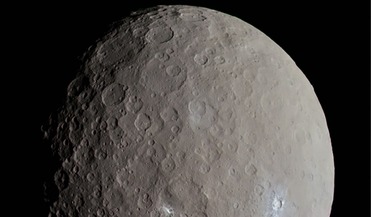 November 2021
Megasatellite habitat at Ceres
November 2021
Megasatellite habitat at Ceres
... rockets to the stratosphere for launch, analysed large-scale habitation of the Ceres orbit and coauthored a book on astrobiology. His Coulomb drag team at FMI is part of the Academy of Finland’s Centre of Excellence in Research of Sustainable Space...
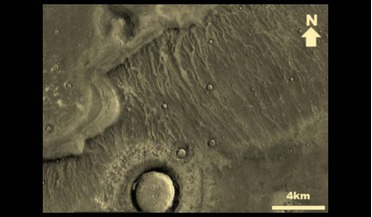 20 May 2016
Evidence for massive Tsunamis found on Mars
20 May 2016
Evidence for massive Tsunamis found on Mars
... back to the ocean," said Alberto Fairén, Cornell visiting scientist in astronomy and principal investigator at the Center of Astrobiology, Madrid. Using a suite of instruments on the Mars Reconnaissance Orbiter, namely the CTX (Context Camera), High...
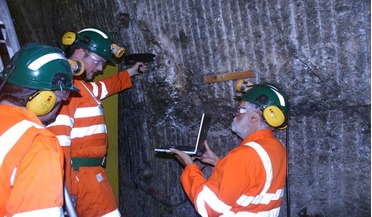 28 September 2016
Yorkshire mines to help shed light on life on Mars
28 September 2016
Yorkshire mines to help shed light on life on Mars
... ranged from the search for Dark Matter in the Universe, to studies of cosmic rays and climate. Now astrobiology and life in extreme environments can be added to the impressive list, as Peter Edwards from the University of Leicester...
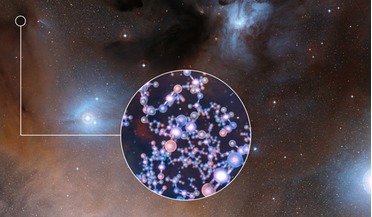 09 June 2017
Key ingredients to life found around Sun-like stars
09 June 2017
Key ingredients to life found around Sun-like stars
... puzzle in understanding how life came about on our planet,” said Rafael Martín-Doménech at the Centro de Astrobiología in Madrid, Spain, and Víctor M. Rivilla, at the INAF-Osservatorio Astrofisico di Arcetri in Florence, Italy. Martín-Doménech...
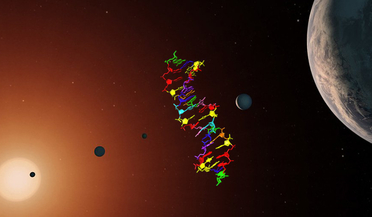 25 February 2019
Scientists create DNA-like molecule to aid search for alien life
25 February 2019
Scientists create DNA-like molecule to aid search for alien life
... and, therefore, more effective search for life beyond Earth,” said Mary Voytek, senior scientist for Astrobiology at NASA Headquarters. The research is a major contribution in its own right in understanding the fundamental role that information...